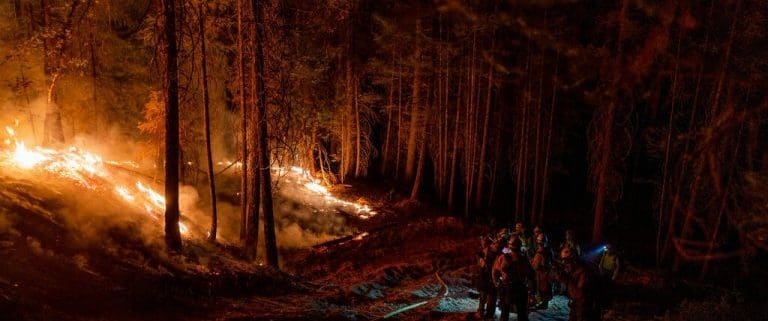BY HAYLEY SMITH – STAFF WRITER
Despite months of warnings fueled by extreme heat and drought-desiccated conditions, California’s deadly fire season ended with remarkably little area burned, with just 362,403 acres scorched in 2022, compared with more than 2.5 million acres the year prior.
Standing in a field of dry, brown grass in Napa this week, Gov. Gavin Newsom and several state officials gathered to mark what they described as “the end of peak wildfire season” in most of California, attributing the year’s relatively small acreage to massive investments in forest health and resilience projects and an expansion of the state’s firefighting fleet.
But although the worst of the season may be behind us, experts noted that the remarkably reduced fire activity is probably less a factor of strategy than good fortune.
“We got really lucky this year,” said Park Williams, an associate professor of geography at UCLA. “By the end of June, things were looking like the dice were loaded very strongly toward big fires because things were very dry, and there was a chance of big heat waves in the summer, and indeed we actually did have a really big heat wave this summer in September. But that coincided with some really well-timed and well-placed rainstorms.”
Indeed, two of the year’s biggest fires — the McKinney fire in Siskiyou County and the Fairview fire in Riverside County — were both left smoldering after the arrival of rainstorms, including the unusual appearance of a tropical storm in the case of the Fairview fire, which helped significantly boost its containment.
To read more of this article, click here.
For more information about wildfire season, call CJ Suppression at 888-821-2334 or visit the website at www.cjsuppression.com.
CJ Suppression proudly serves Corona, CA and all surrounding areas.




